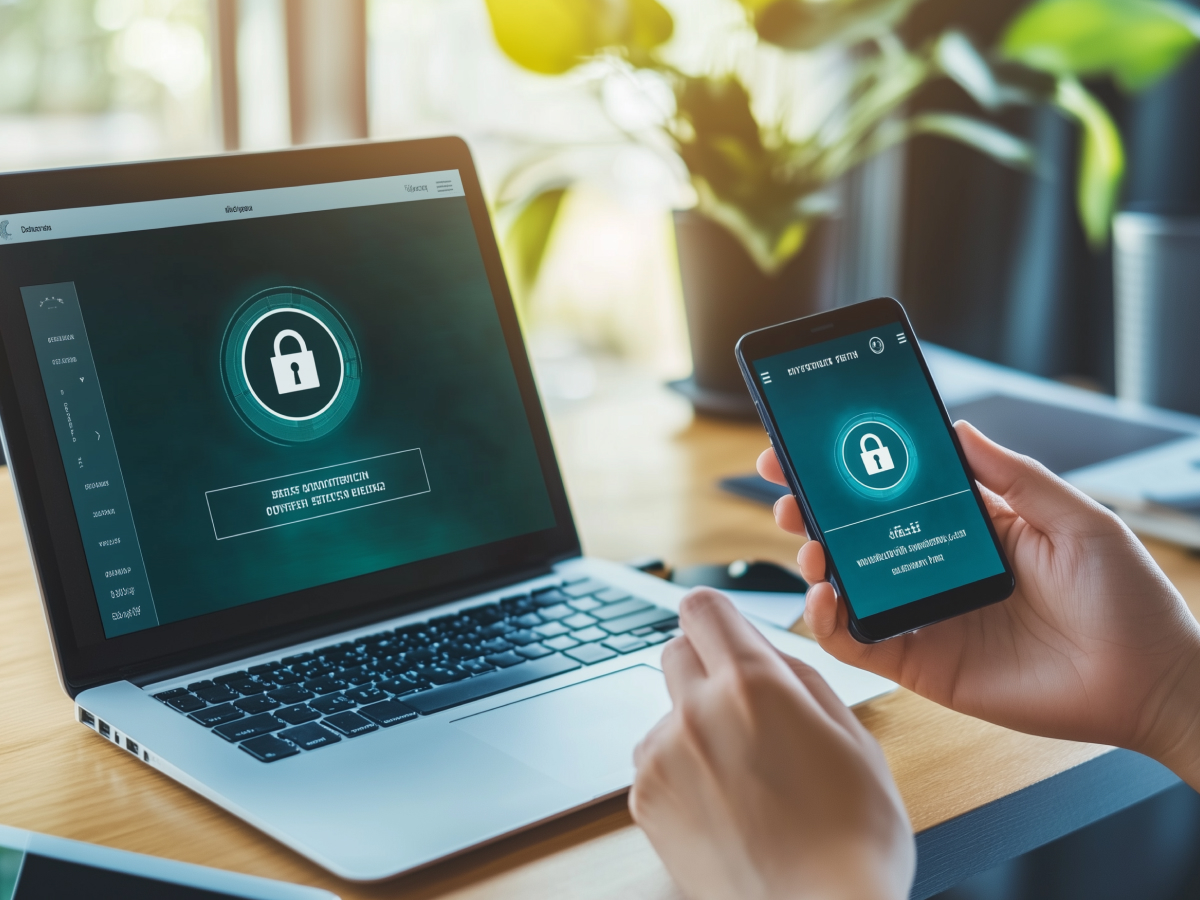Phishing attacks exploit human behavior
Hackers know that security is heavily influenced by human psychology, and they play the game well. The easiest way into a company’s systems isn’t through some high-tech, Mission Impossible-style hack. It’s through an email that looks official enough to trick an employee into handing over their credentials. That’s it. No need to break in when someone willingly opens the door.
This is how most cyberattacks start. The attacker impersonates a trusted figure—HR, IT support, or even a CEO—telling employees they need to update their information or verify their accounts. A well-crafted email, a seemingly harmless link, and just like that, an employee unknowingly enters their credentials into a fake login page. Once that happens, an outsider has the keys to internal systems, potentially launching identity theft or even ransomware attacks that can take down an entire company.
According to KnowBe4’s 2024 Global Phishing By Industry Benchmarking Report, 34.3% of employees interact with phishing emails. After 90 days of training, that number drops, but not by much—18.9% still fall for simulated attacks. Even after a full year of security awareness training, about 4.6% of employees still click and enter sensitive data. It’s unrealistic to think training alone will eliminate this threat. You need a real, systematic defense.
Multi-Factor Authentication (MFA) strengthens security
Passwords alone are weak. People reuse them, they choose simple ones, and they get stolen all the time. That’s why MFA is one of the simplest yet most effective ways to block hackers, even if they manage to steal login credentials.
MFA works by requiring at least two forms of authentication before granting access. These factors generally fall into three categories:
- Something you know—a password or PIN.
- Something you have—a security key, phone, or an authenticator app.
- Something you are—biometrics like a fingerprint or facial recognition.
Let’s say an employee gets tricked into entering their credentials on a phishing site. Normally, that’s game over. But with MFA in place, the hacker is still locked out because they don’t have the second factor—like an authentication app generating a unique code or a physical security key. That extra step can be the difference between a harmless phishing attempt and a full-scale breach.
Of course, MFA needs to be efficient. If it’s too cumbersome, employees won’t use it properly. The good news is that today’s solutions, like app-based authentication and biometric logins, only take a few extra seconds. The minor inconvenience is a small price to pay for stopping cybercriminals in their tracks.
Phishing-resistant MFA is critical
Standard MFA methods, like SMS codes, can still be bypassed by sophisticated phishing attacks. If a hacker convinces an employee to enter their username, password, and MFA code on a fake website, they can steal all three in real time. Game over.
That’s where phishing-resistant MFA comes in. It’s designed to eliminate these vulnerabilities. There are a few key technologies leading the charge:
- Fast ID Online (FIDO)—This method uses cryptographic keys stored on a secure device, meaning credentials never leave the user’s hands. Even if a phishing site tricks someone into entering a password, it won’t work without the private key stored on their physical device.
- Near-Field Communication (NFC)—NFC-based authentication requires the user to physically tap a device—like a security key or smart card—on their phone or laptop. If a hacker is sitting halfway across the world, they simply can’t replicate that interaction.
- Code sharing (with caveats)—Receiving an authentication code via text or an authenticator app is better than nothing, but as phishing tactics evolve, businesses should move toward stronger, phishing-resistant methods.
The U.S. Cybersecurity and Infrastructure Security Agency (CISA) has warned about the rise of MFA phishing attacks, where hackers intercept authentication codes in real time. Organizations serious about security should move beyond basic MFA and invest in advanced, phishing-resistant solutions.
Selecting the right MFA solution
MFA is vital, but picking the right MFA matters just as much. A poorly implemented solution can create friction, leading employees to find ways around it—which defeats the whole purpose. The key is to balance security, usability, and reliability.
Here’s what a solid MFA strategy looks like:
- Ditch SMS-based MFA: It’s better than nothing, but SMS can be intercepted, and hackers have ways to manipulate users into handing over codes.
- Use biometric authentication where possible: Fingerprints and facial recognition are both convenient and harder to steal.
- Go passwordless when feasible: Technologies like FIDO keys eliminate passwords altogether, making phishing attempts far less effective.
- Make sure MFA is enforced across all apps and systems: Leaving gaps means leaving doors open for attackers.
Focus on designing a system that actually works. C-suite executives should view MFA as a long-term investment. A well-implemented MFA strategy reduces risk, improves employee security hygiene, and ultimately protects the organization from the kind of breach that can cost millions—or worse, permanently damage its reputation.
Key executive takeaways
- Threat landscape: Phishing attacks exploit human behavior, making even trained employees vulnerable. Decision-makers must recognize that user error is a persistent risk and that relying solely on employee training is insufficient.
- Strengthen authentication: Multi-factor authentication (MFA) adds a critical layer of security beyond just passwords. Leaders should mandate MFA across all systems to prevent unauthorized access even when credentials are compromised.
- Invest in advanced MFA: Standard MFA methods can be bypassed by sophisticated phishing techniques. It is crucial to evaluate and deploy phishing-resistant solutions, such as FIDO and NFC, which offer robust protection through advanced cryptography and physical token verification.
- Strategic implementation: Consistent application of MFA across all platforms is essential for comprehensive security. Executives should prioritize a long-term MFA strategy to address evolving cyber threats and safeguard sensitive data.





